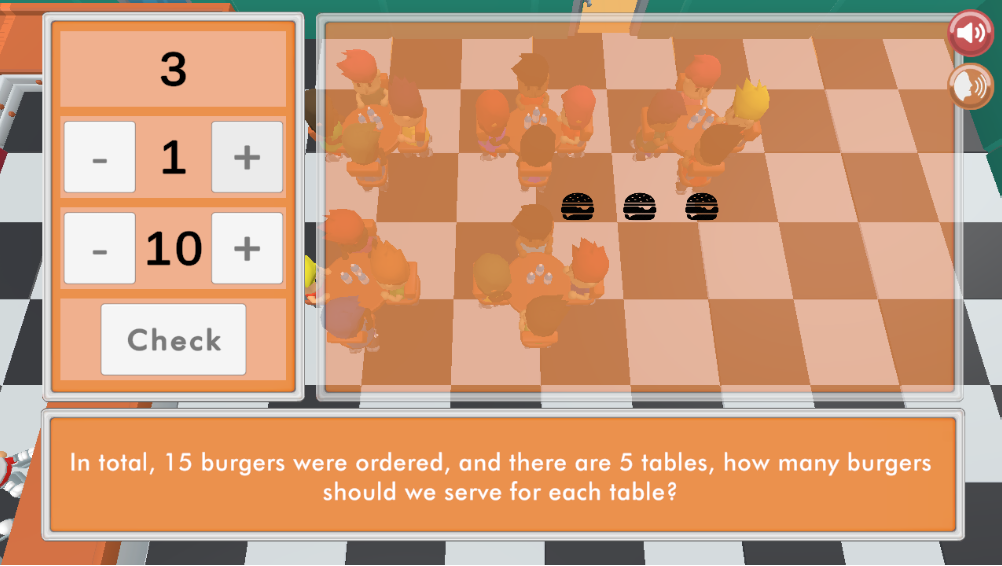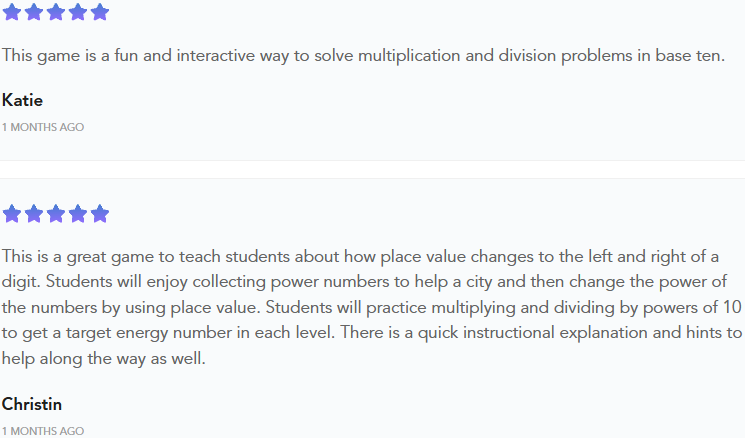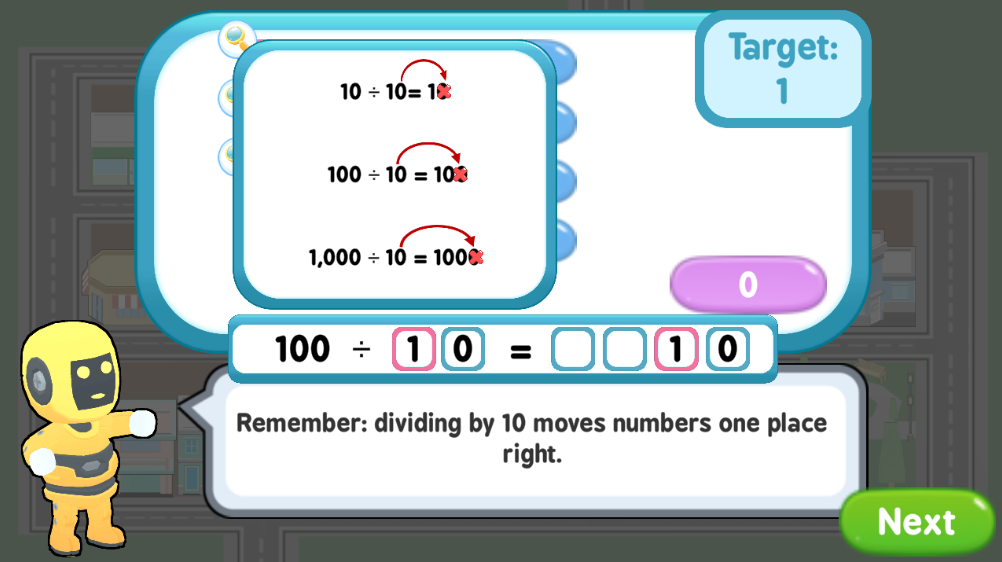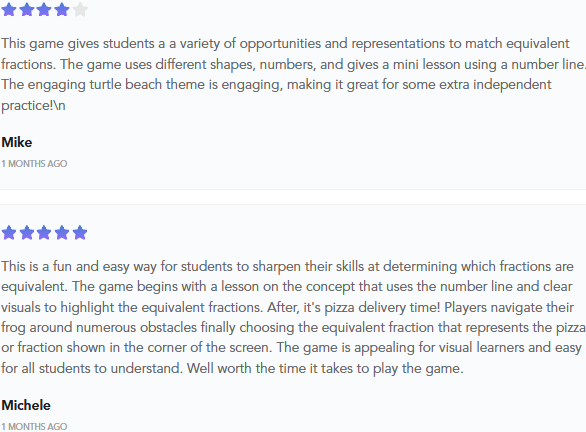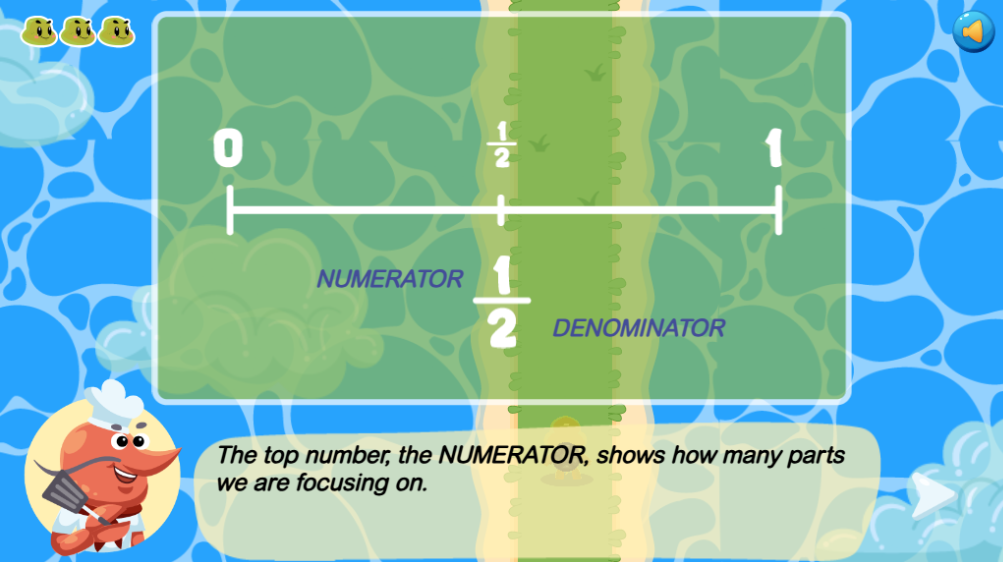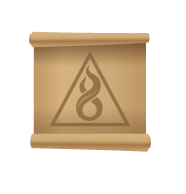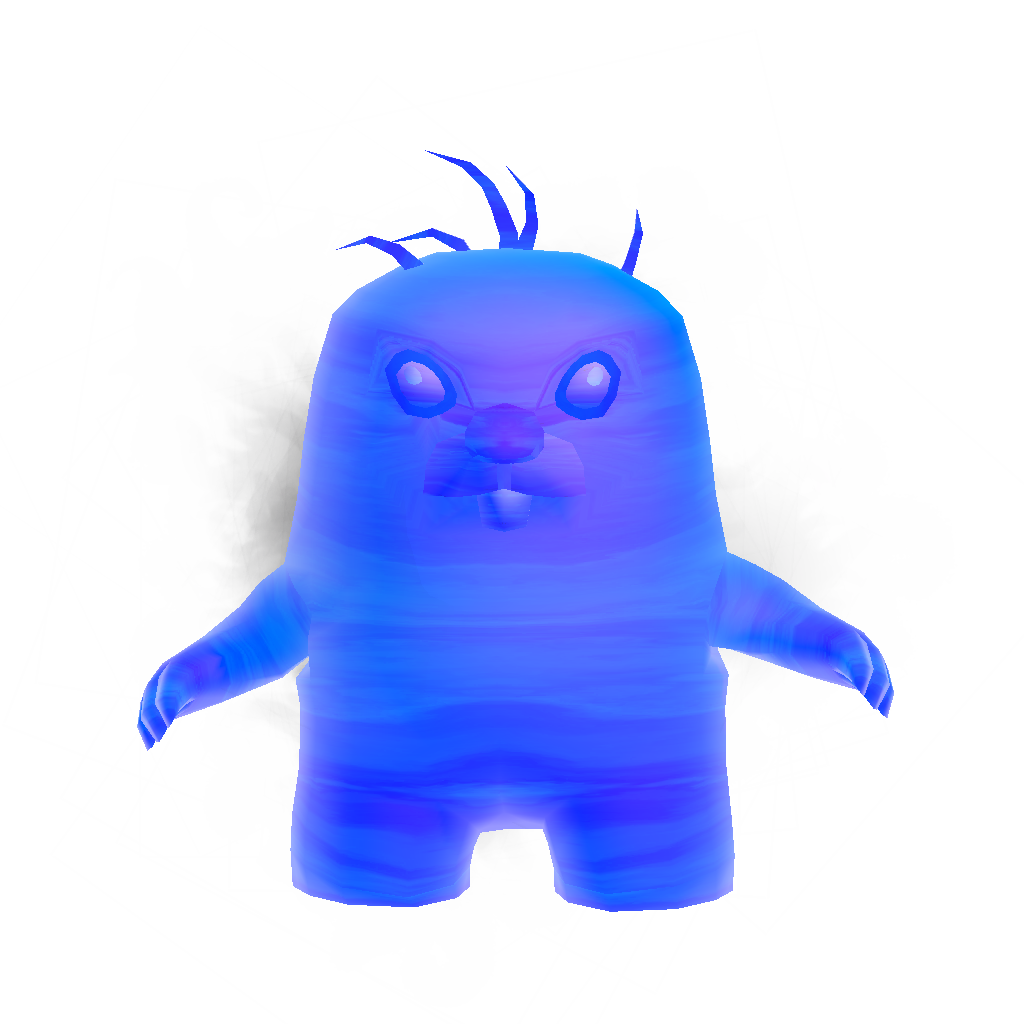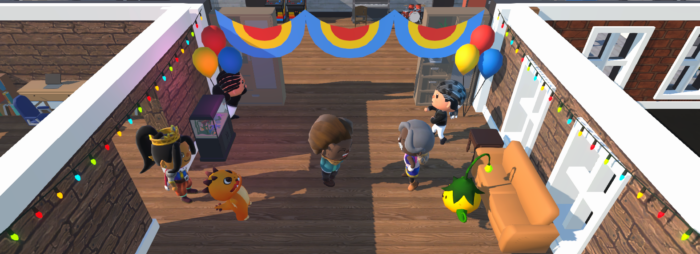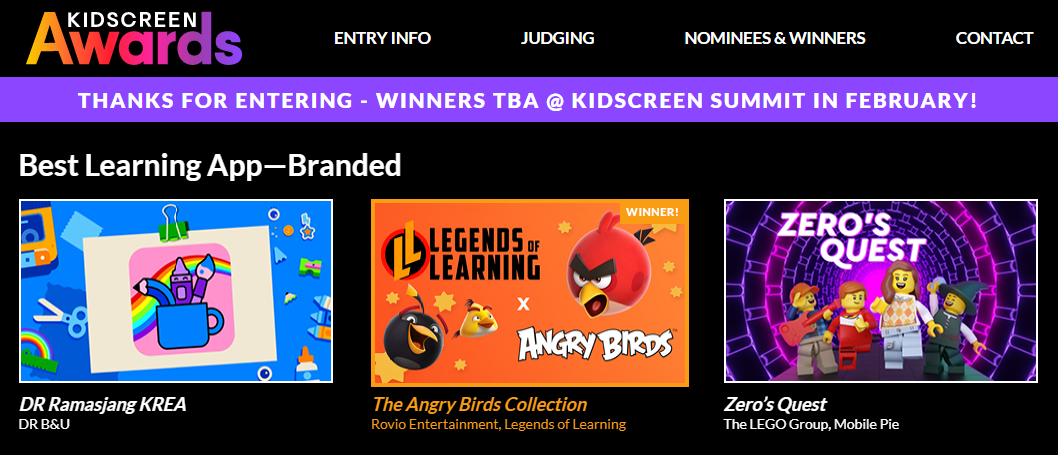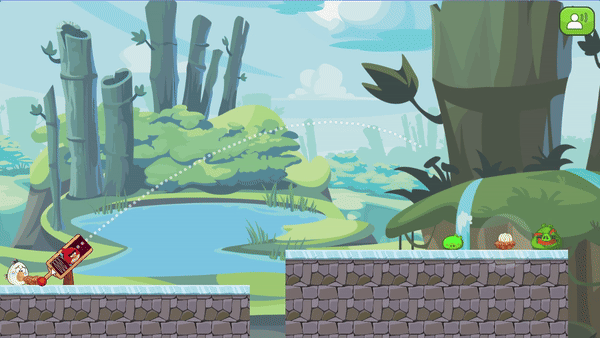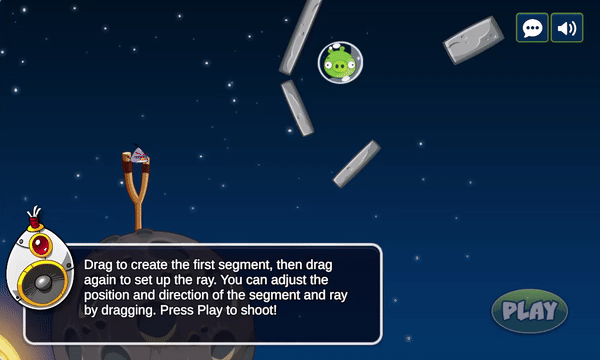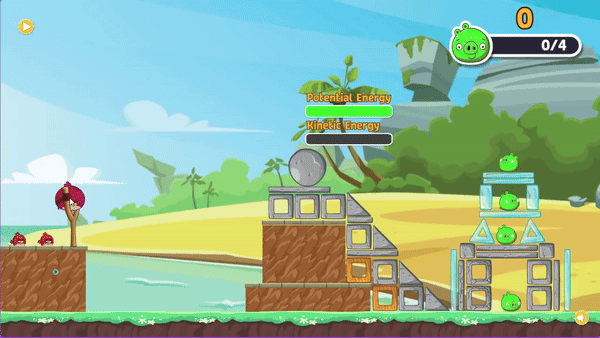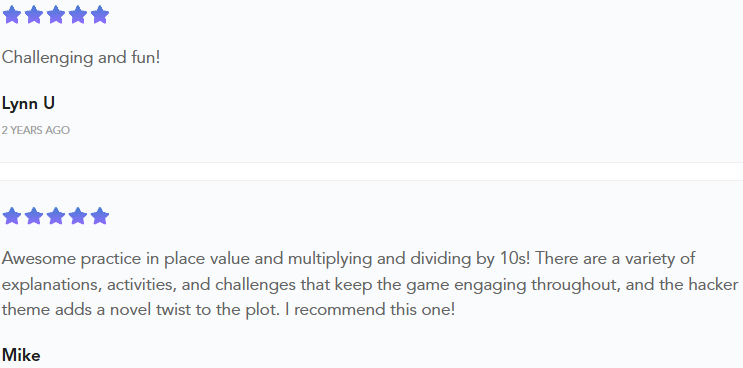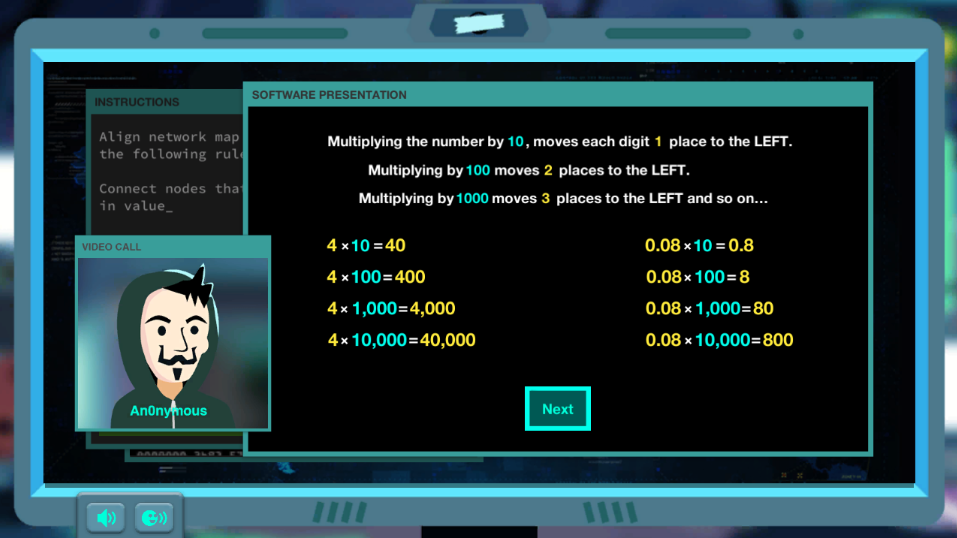Make It Bloom: New Science Games in May 2025
Hi Legends! Welcome to another exciting update from our Learning Universe!
This May, we’re thrilled to introduce you to the latest additions to our ever-expanding array of Science classroom games, designed to engage while enhancing your students’ test scores.
If you missed last month’s new games, you can take a look at the April update here.
New Science Games
Get ready to engage your students with exciting new adventures and hands-on learning experiences.
Science Games for Grades 3-5
- Got-Ham & Ducklings: Help Ham-Man solve physics puzzles, collect rubber ducks, and learn about Speed and Energy through exciting challenges.
- DocDuck: Universe and Stars: Join DocDuck and Elico to explore The Universe and its Stars while learning more about the celestial objects.
- Secret Nooks: Growth and Development: Explore colorful worlds, find hidden objects, solve puzzles, and learn all about the Growth and Development of Organisms while collecting fun stickers!
Science Games for Grades 6-8
- Dungeon Labs: Body Factory: Test everything in our body to learn more about the Multicellular Organisms and their Subsystems.
- Golden Leap: Use your knowledge of Subtraction As Addition Of Additive Inverse to solve puzzles, collect keys, and flip switches to claim the stolen chest.
- Galaxy Explorer: Explore The Milky Way Galaxy and other Galaxies using an alien ship!
- Winds and Waters: Join this adventure to learn more about The Water Cycle and Weather Patterns, and how natural forces shape our world.
- In the Belly of the Beast: Study a giant space whale using your skills on Multicellular Organisms and their Subsystems, explore its organs, tissues, and cells.
Featured Games for Science Learning
This month’s science drop packs exciting, brand-new adventures that turn core concepts into immersive play. Whether you’re covering physical science, space science, or life science, these games invite students to test ideas, collect data, and connect classroom learning to unforgettable challenges.
Teacher Tip: Add these titles to your lesson plans for instantly engaging centers, whole-class demos, or independent exploration—perfect for reinforcing standards while every student learns through play.
Got-Ham & Ducklings for Elementary Science

Put physics in motion with Got-Ham & Ducklings—an upbeat elementary-science game that turns speed and energy into hands-on fun your students will remember.
Invite learners to team up with Ham-Man, the rubber-duck-collecting hero, and discover core physical-science ideas while they play. Along the way, they will:
- Experiment with motion by running, jumping, and ricocheting through physics-based puzzles
- Measure and compare speed and kinetic energy to clear obstacles and snag every duck
- Apply and reinforce concepts in three flexible modes—Story, Practice, and Free Play—perfect for whole-class demos, centers, or independent exploration
Built for curious minds and busy classrooms alike, Got-Ham & Ducklings weaves humor, problem-solving, and curriculum-aligned science into a single engaging experience. Add it to your toolkit and watch students calculate, hypothesize, and quack their way to deeper understanding!
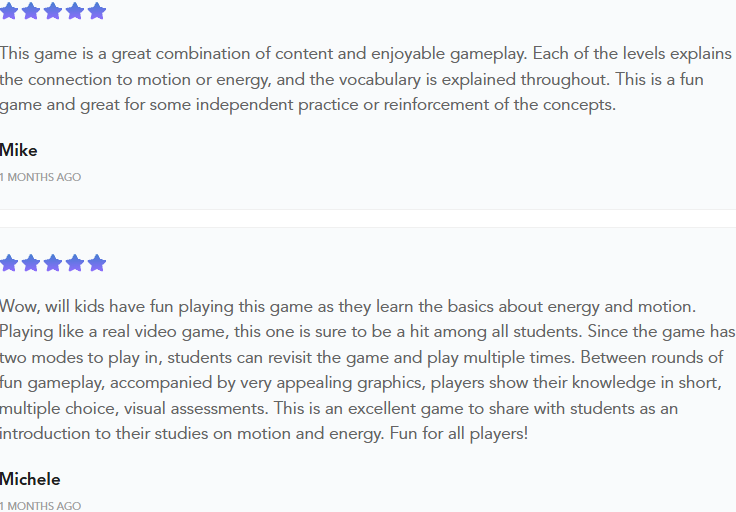
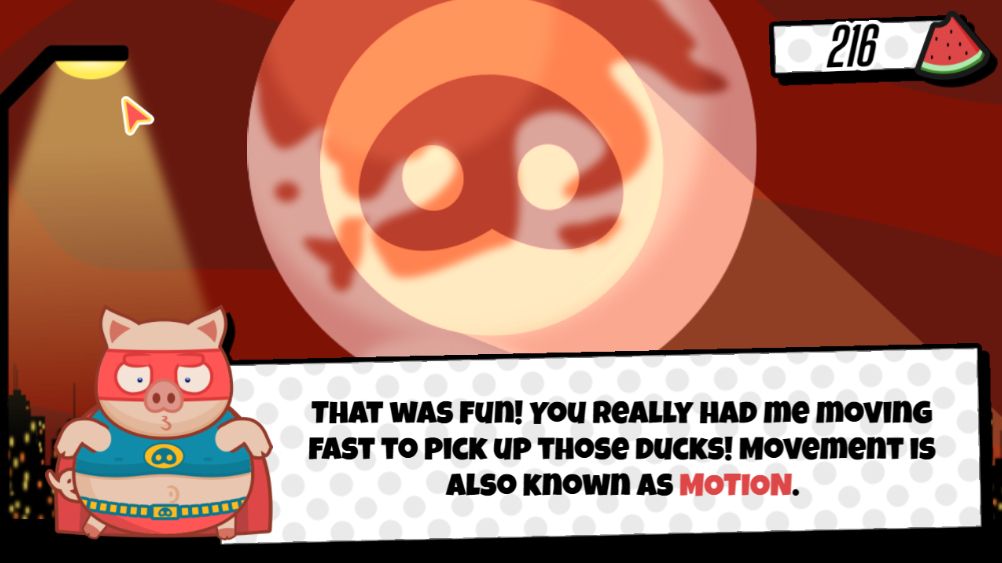
DocDuck: Universe and Stars for Elementary Science
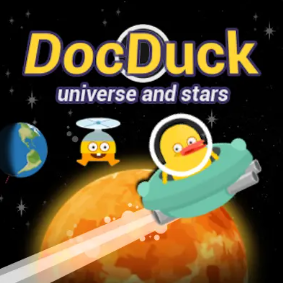
Launch your students’ curiosity sky-high with DocDuck: Universe and Stars—an interactive space-science adventure you can plug straight into your next astronomy unit.
In this game, learners team up with DocDuck and their trusty bot Elico to investigate the Sun, distant stars, and shimmering constellations. As they play, students will:
- Compare apparent brightness—experimenting with how distance makes stars look dimmer or brighter
- Locate the Sun’s stellar “neighborhood,” seeing how our star fits among billions in the Milky Way
- Observe light and shadow changes as Earth’s position shifts, connecting gameplay to day-to-day sky watching
With story-driven quests, quick challenges, and built-in checkpoints for reflection, DocDuck: Universe and Stars turns abstract space concepts into concrete, hands-on exploration. Add it to your lesson plan for an engaging way to deepen understanding of celestial objects while keeping every learner captivated from launch to landing.
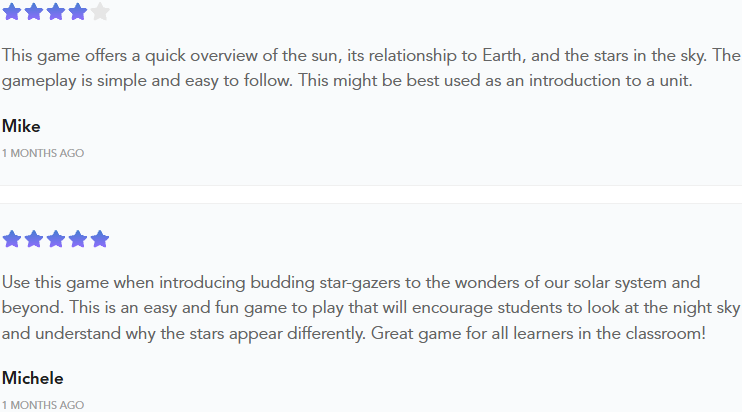
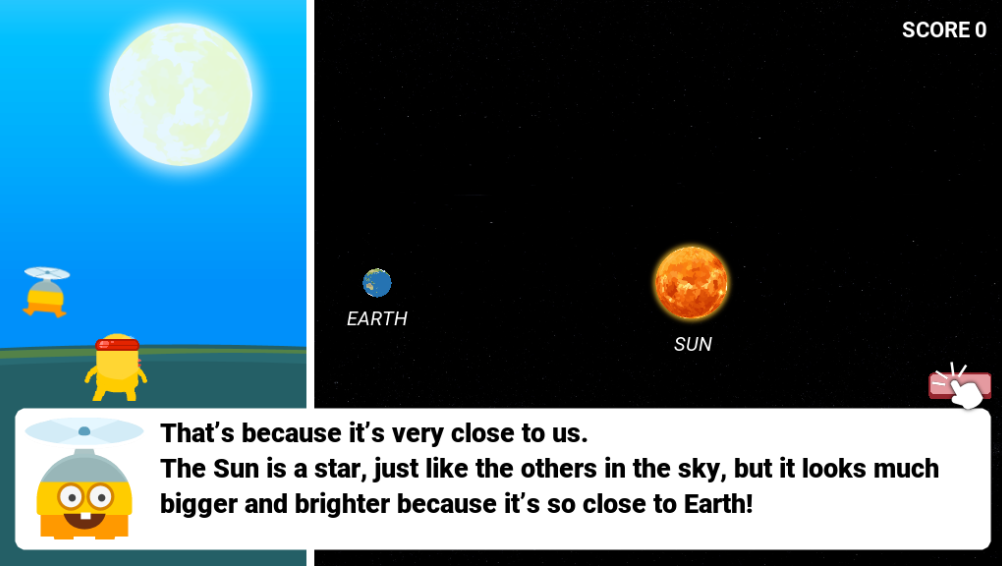
Dungeon Labs: Body Factory for Middle Science
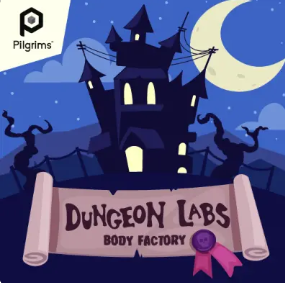
Bring human-body science to life with Dungeon Labs: Body Factory—an immersive game that lets students build, test, and troubleshoot the body’s major subsystems in a hands-on virtual lab.
In this adventure, learners become “bio-engineers” inside a quirky dungeon workshop. Their mission: assemble a functioning human and keep every system firing on all cylinders. Along the way, students will:
- Investigate multicellular organization—from cells to tissues, organs, and full-body systems
- Experiment with interactive mini-games that model the circulatory, respiratory, digestive, nervous, and skeletal systems
- Diagnose and fine-tune each subsystem’s performance, seeing how parts work together to support the organism as a whole
With bite-sized challenges perfect for centers, stations, or whole-class demos, Dungeon Labs: Body Factory turns abstract anatomy into problem-solving play—giving you an engaging tool to deepen understanding of life-science standards while every learner builds, tests, and succeeds.
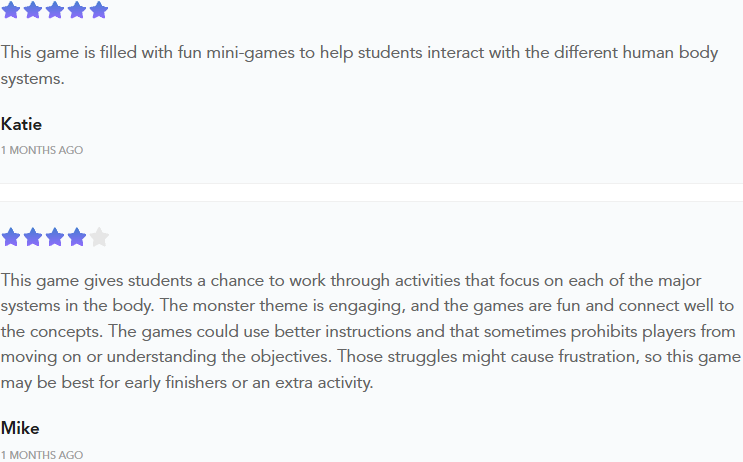
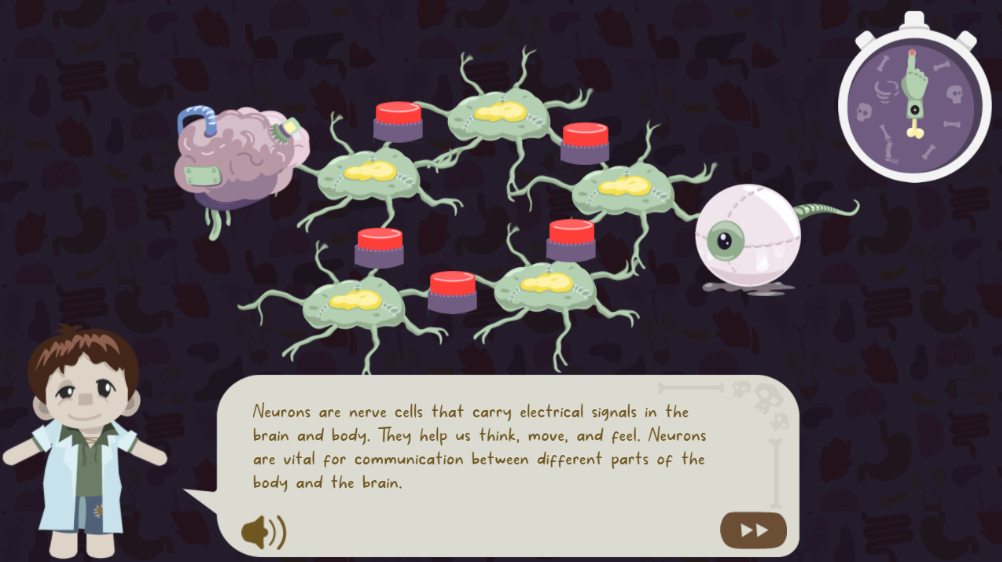
EXPLORE LEARNING UNIVERSE GAMES
Keep an eye out for more exciting updates! Our games help you meet students where they are, taking the weight off your shoulders. With these tools at your fingertips, you can spend more time on what matters most: connecting with your students and guiding their growth.
New to Legends of Learning?
Sign up now and embark on an educational adventure! With our platform, you’ll have a treasure trove of standard-aligned games, detailed analytics, and resources to efficiently reinforce concepts, differentiate instruction, and boost your students’ confidence.
Teacher Rewards Points
Don’t miss the chance to earn Rewards Points by leaving teacher reviews! Your insights help other educators choose the right games and empower us to create even better content. By sharing your feedback, you’re shaping the future of classroom learning and making the journey more rewarding for everyone.
Have questions? Reach out to us at support@legendsoflearning.com



